 Abraham Lincoln
If given the truth, the people can be depended upon to meet any national crisis...
Abraham Lincoln
If given the truth, the people can be depended upon to meet any national crisis...
 Guildford news...
for Guildford people, brought to you by Guildford reporters - Guildford's own news service
Guildford news...
for Guildford people, brought to you by Guildford reporters - Guildford's own news service
Birdwatcher’s Diary No.250
Published on: 7 Mar, 2022
Updated on: 7 Mar, 2022
By Malcolm Fincham
By the middle of February there was a change in the weather. Although still relatively mild, the Jet Stream had pushed south calling the end to what had been a sustained spell of high pressure.
Atlantic winds had gained energy. As if in wrath from having been silenced for so long, gale-force winds Dudley followed by Eunice blew across the British Isles.
Still a relatively new thing, The Met Office started naming storms in 2015 and has continued to do so since. It says it’s simply to make people more aware when severe weather is on the way, with the idea being you’ll hear the name and you’ll know serious wind, rain or snow is coming.
The last of the “trio” was storm Franklin that past through on Sunday, February 20.
Although none of them causing as much structural damage as the great storm that I recalled working through in October 1987, I decided to call a temporary truce with nature and abandoned my photography and birdwatching during such inclement days.
Within a blink of an eye, I found another month was rapidly drawing to a close!
Fortunately, storms having past, we had been blessed with another high pressure system bringing with it some good spells of sunshine allowing me a few opportunities to catch up on a few photos locally.
My usual locations, mostly within the parish of Worplesdon, saw Dartford warblers in good number on the heathland areas. Susceptible to cold winters, this one had so far been kind to them.
Both male and female stonechats could be seen within close proximity of each other.
On Whitmoor Common a kestrel could be viewed surveying the heathland for prey most afternoons.
A few meadow pipits continued to be present.
In areas where conifers and other evergreen were abundant, our smallest of UK’s birds the goldcrest could be found.
While its closest contender for smallest bird, the firecrest could be heard in song, mostly among the holly bushes.
A grey squirrel poked its head out momentarily from a hole in an oak tree.
Looking out from a recently created clearing on the southern side of St Mary’s churchyard at Perry Hill, Worplesdon, I attempted to pick out notable features across Guildford I might recognise.
A white square-shaped building hidden partially in the distance beyond Whitmoor Common was most probably the mansion at Clandon Park, now covered over having suffered extensive fire damage a few years ago.
Standing out in plain sight to the right of my vision was the unmistakeable image of Guildford Cathedral. This photo I took from the same spot a few days later.
Interrupted from my scenic viewing, I noticed a kestrel perched in the boughs of an oak tree nearby also admiring the vista.
The wheezing sound of a greenfinch attracted my attention as it sung high up in a nearby tree.
A song thrush could be heard singing, a little way off, in another part of the churchyard.
While the distant sound of a mistle thrush in song was a welcomed addition.
At Britten’s Pond, along the Salt Box Road, the resident kingfisher continued to be a challenge to my photographic abilities. Regularly it could be glimpsed as it flashed low across the water. Mostly during moments I was least ready!
In what appeared to have become an unspoken personal agreement between us, it would eventually perch up close enough to allow me a reasonable photo opportunity.
The adult mute swans on the pond were already beginning to show signs of courtship.
While the two remaining cygnets from last year’s brood were receiving occasional signs of aggression from their parents, especially the cob.
As the sunshine continued into the last days of the month, I also took the opportunity to visit the Riverside Nature Reserve, near Burpham.
On the scrape near Stoke Lock a small group of about six shoveler ducks could be viewed.
A lone drake wigeon could also be seen.
On Stoke Lake, usual for this time of the year 20 or so tufted ducks could be seen out on the water.
Along the margins at least two little grebes could be picked out.
While small groups of teal could still be viewed in their usual secluded spots.
A few long-tailed tits were showing signs of pairing up.
And at least half a dozen grey wagtails could be viewed along the stretch of the River Wey.
A little further afield at Crooksbury Common near Farnham I was able to add five common crossbills to my photos, my first ones of the year!
A lone male siskin could also be viewed singing in a tree nearby.
A brief visit to Cutt Mill ponds in Puttenham added two male and a female wintering goosanders to my day’s list.
While Thursley Common added two separate sightings of woodlarks, counting at least five in total.
Common buzzards could regularly be seen especially on the sunnier days displaying in the blue skies overhead around the Surrey countryside.
Ever present in recent years at all the local locations I visited were red kites. Regularly, I have been able to point one out to my grandson on occasions when it was my turn to walk him home from school. Often secretly amused by him as he quelled my excitement at seeing one by replying: “Yeah I know, grampy!” or “Yes, but you didn’t need to point it out grampy!”
The last day of the month came around far too quickly and rain-bearing clouds had ended the sunshine for the time being. It had turned out to warmest February for 20 years and with daylight now extending well beyond 5pm, perhaps spring will soon be in sight?
Responses to Birdwatcher’s Diary No.250
Leave a Comment Cancel replyPlease see our comments policy. All comments are moderated and may take time to appear.
Recent Articles
- Guildford Institute’s Crowdfunding Project for Accessible Toilet in its New Community and Wellbeing Centre
- Letter: Guildford – Another Opportunity Missed?
- Letter: GBC’s Corporate Strategy – Where Is the Ambition?
- My Memories of John Mayall at a Ground-breaking Gig in Guildford Nearly Six Decades Ago
- Westborough HMO Plans ‘Losing the Heart of the Street’ Says Resident
- College Invests to Boost Surrey’s Economy and Close Digital Skills Gap
- Community Lottery Brings Big Wins for Local Charities
- GBC Housing Plan Promises ‘A Vibrant Urban Neighbourhood’ Near Town Centre
- Hospital Pillows ‘Shortage’ at the Royal Surrey
- Updated: Caravans Set Up Camp at Ash Manor School


Recent Comments
- Ian Macpherson on Updated: Main Guildford to Godalming Road Closed Until August 1
- Sara Tokunaga on GBC Housing Plan Promises ‘A Vibrant Urban Neighbourhood’ Near Town Centre
- Michael Courtnage on Daily Mail Online Reports Guildford Has Highest-paid Council Officer
- Alan Judge on GBC Housing Plan Promises ‘A Vibrant Urban Neighbourhood’ Near Town Centre
- John Perkins on GBC Housing Plan Promises ‘A Vibrant Urban Neighbourhood’ Near Town Centre
- S Collins on GBC Housing Plan Promises ‘A Vibrant Urban Neighbourhood’ Near Town Centre
Search in Site
Media Gallery
Dragon Interview: Local Artist Leaves Her Mark At One of England’s Most Historic Buildings
January 21, 2023 / No Comment / Read MoreDragon Interview: Lib Dem Planning Chair: ‘Current Policy Doesn’t Work for Local People’
January 19, 2023 / No Comment / Read MoreA3 Tunnel in Guildford ‘Necessary’ for New Homes, Says Guildford’s MP
January 10, 2023 / No Comment / Read More‘Madness’ for London Road Scheme to Go Ahead Against ‘Huge Opposition’, Says SCC Leader
January 6, 2023 / No Comment / Read MoreCouncillor’s Son Starts Campaign for More Consultation on North Street Plan
December 30, 2022 / No Comment / Read MoreCounty Council Climbs Down Over London Road Works – Further ‘Engagement’ Period Announced
December 14, 2022 / No Comment / Read MoreDragon Interview: GBC Reaction to the Government’s Expected Decision to Relax Housing Targets
December 7, 2022 / No Comment / Read MoreHow Can Our Town Centre Businesses Recover? Watch the Shop Front Debate
May 18, 2020 / No Comment / Read More




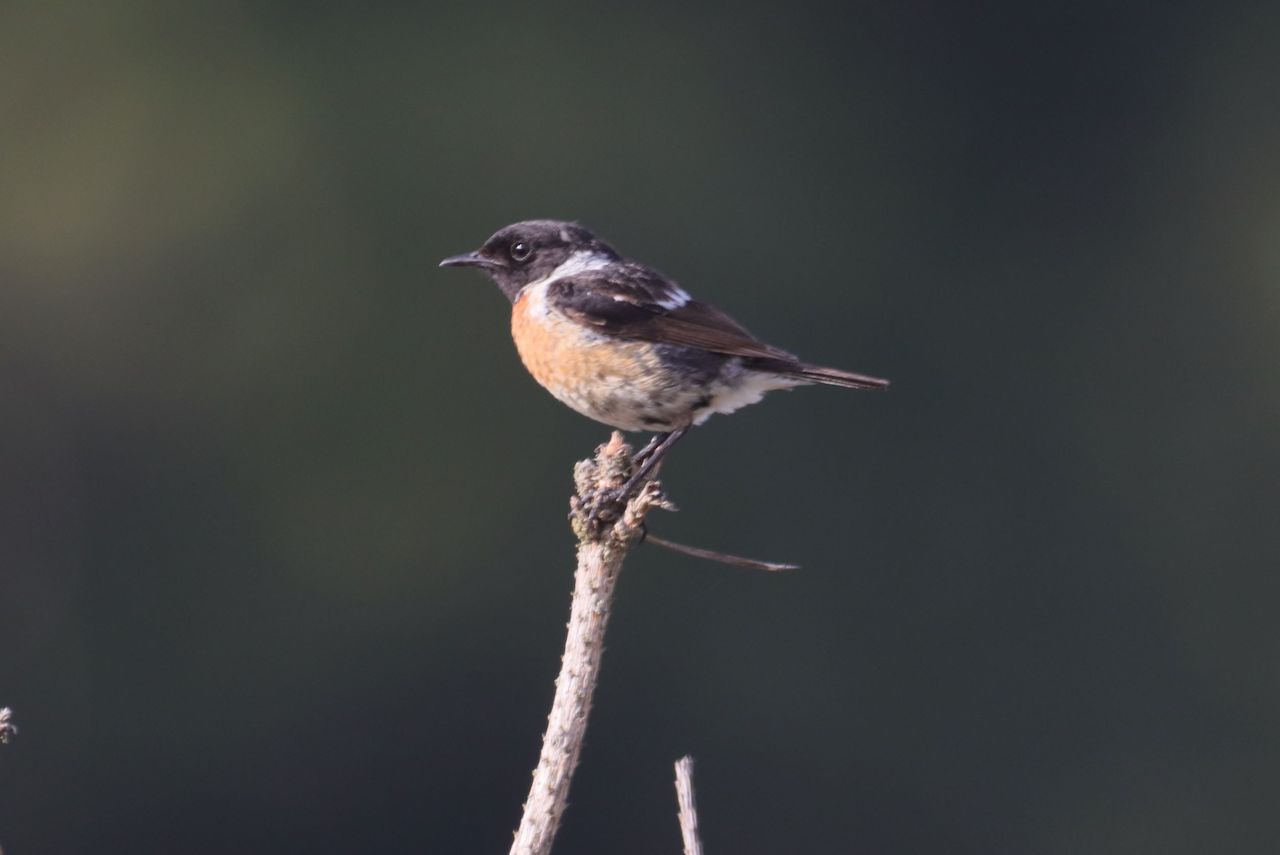

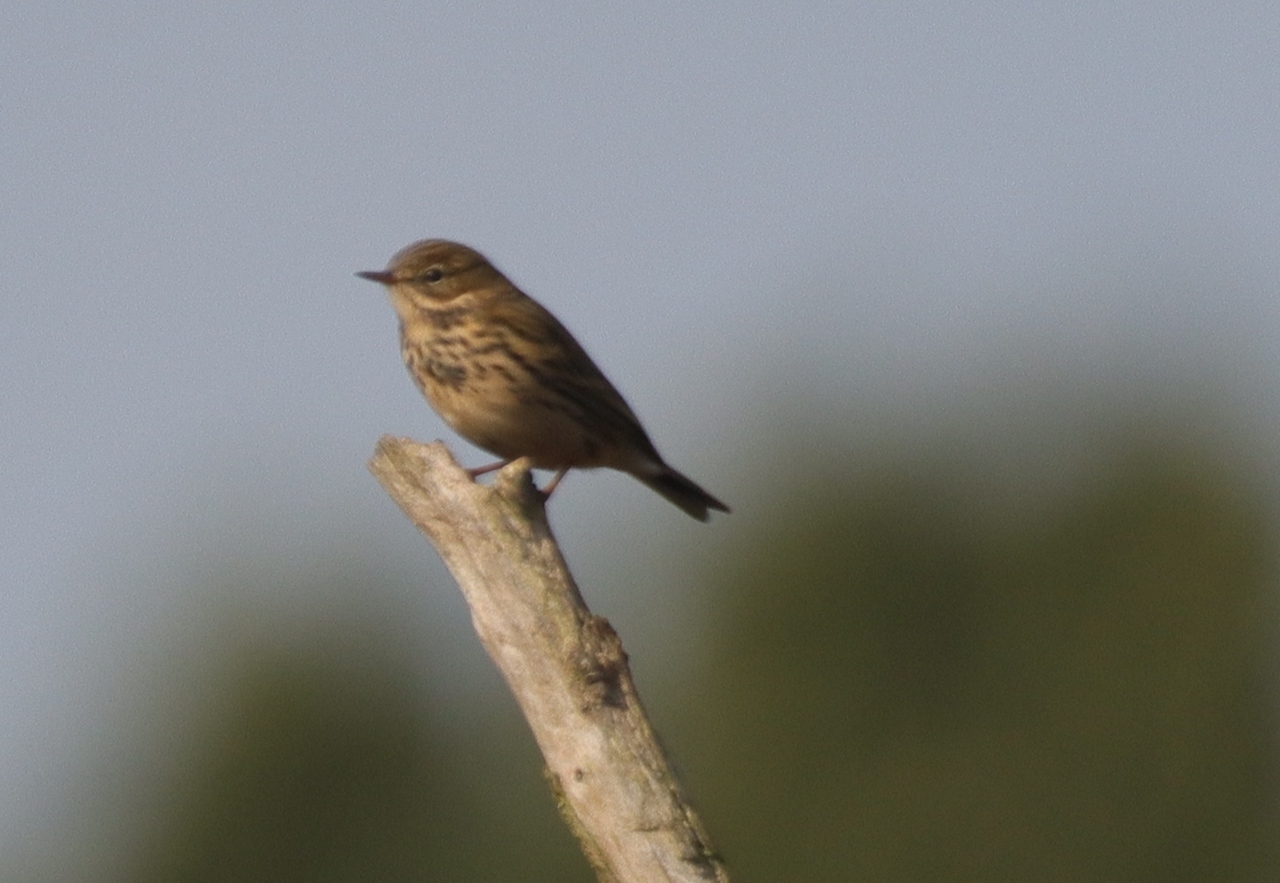

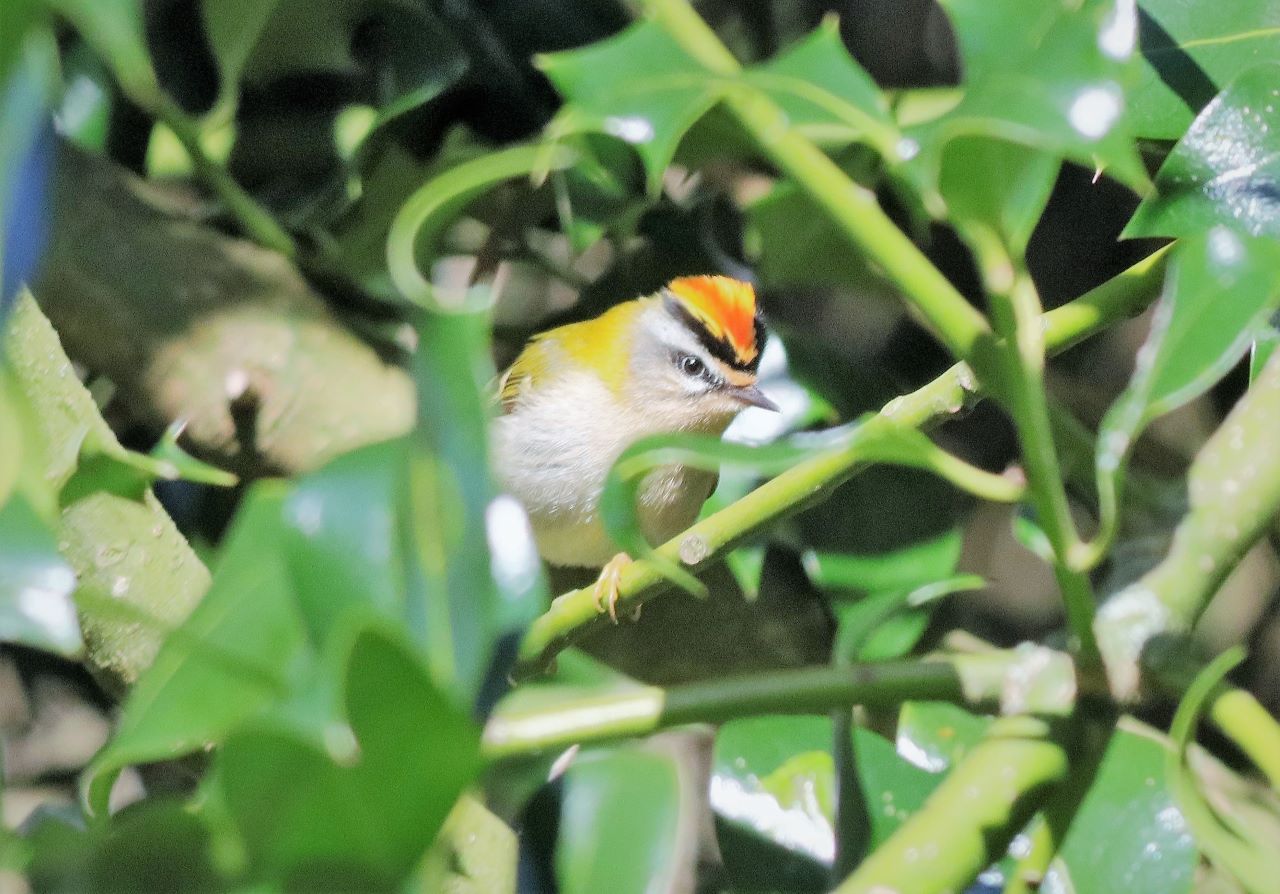
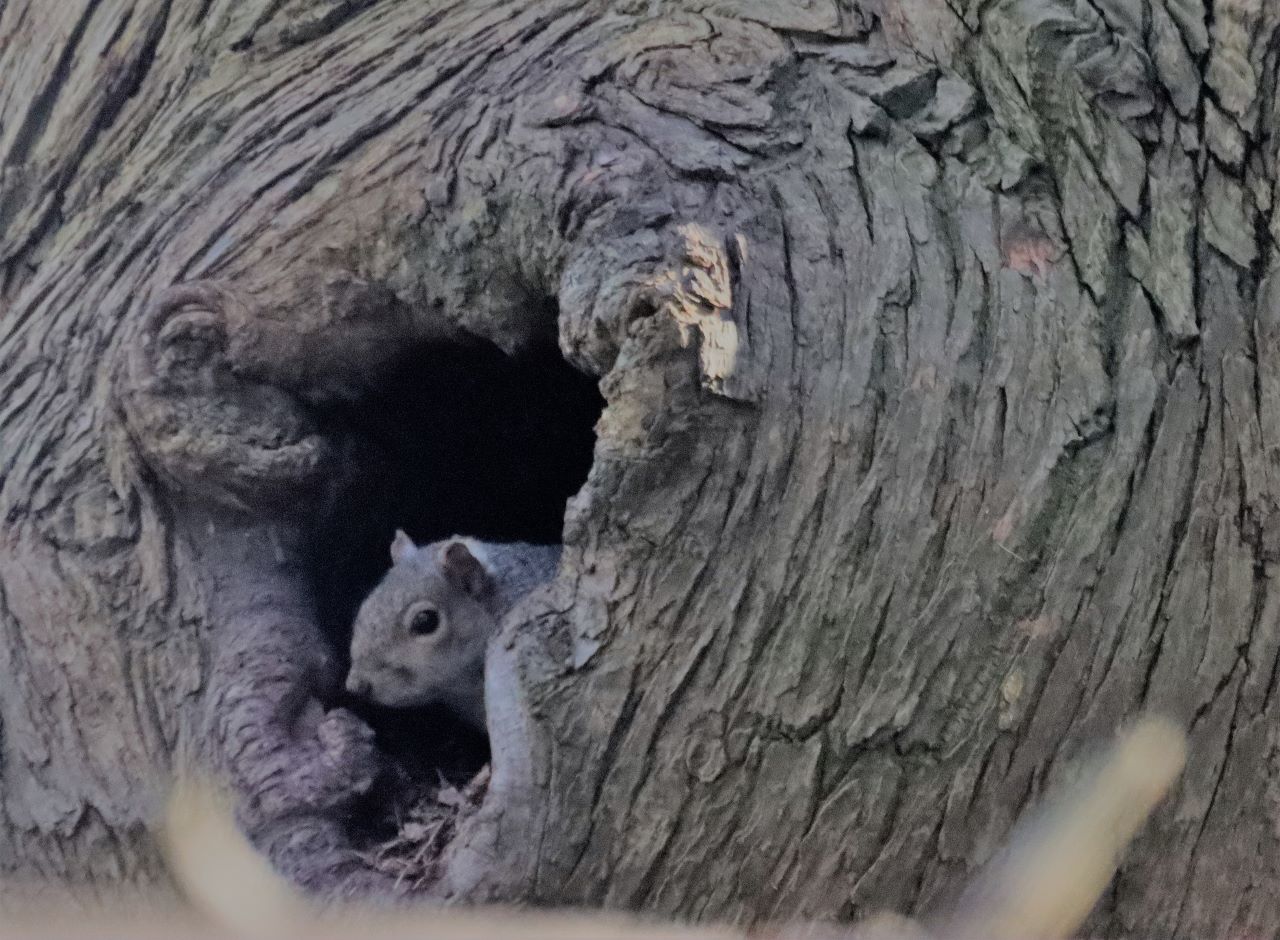






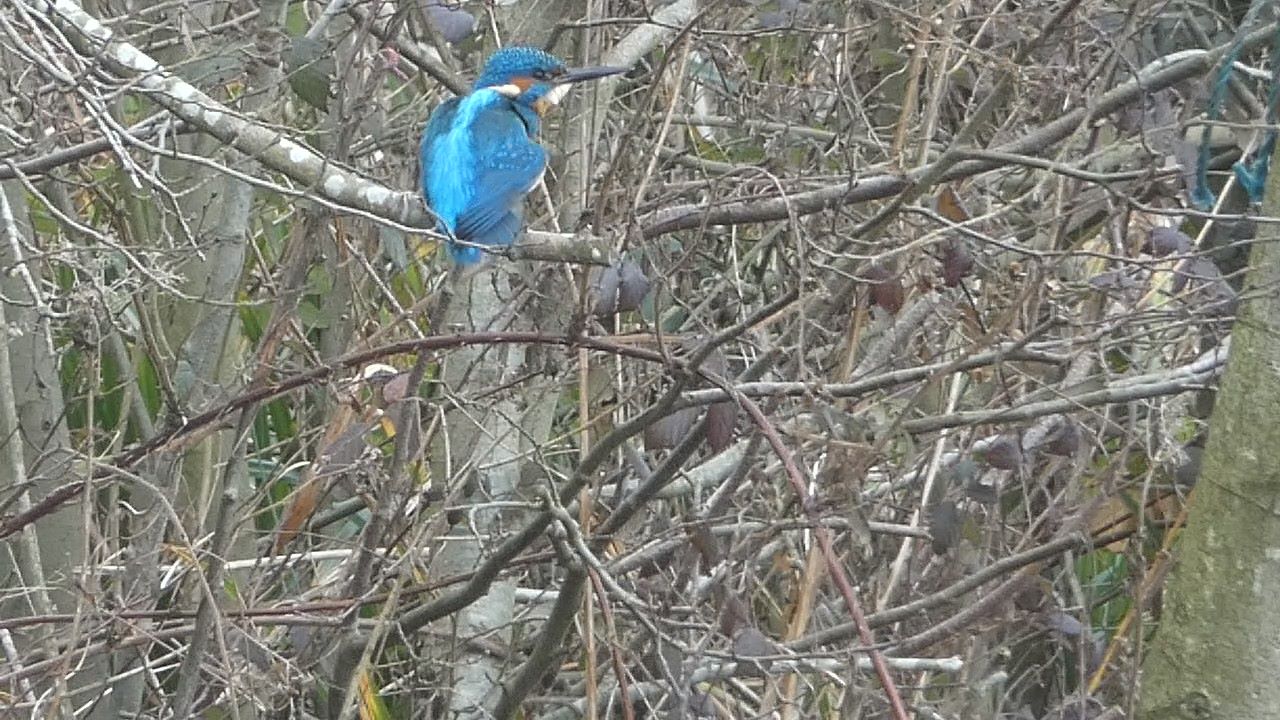
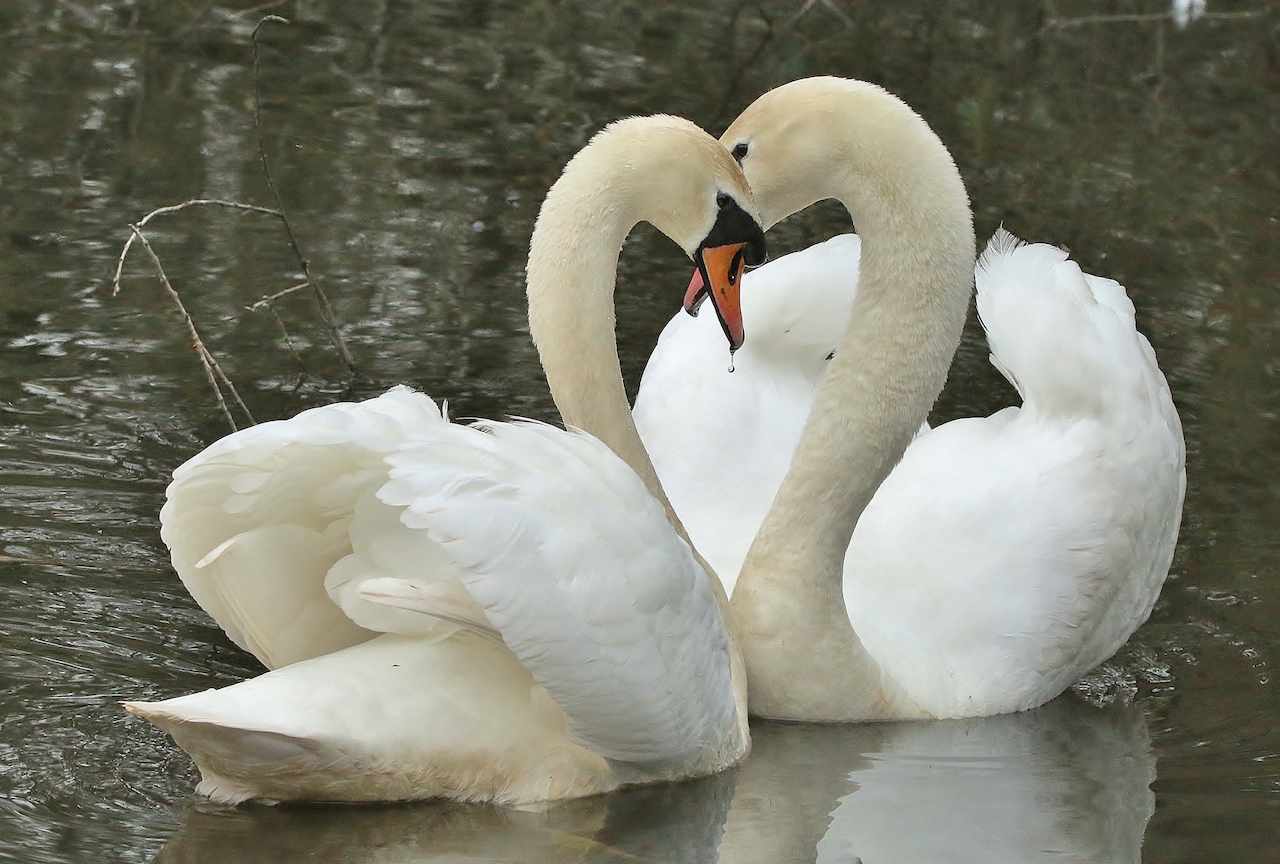
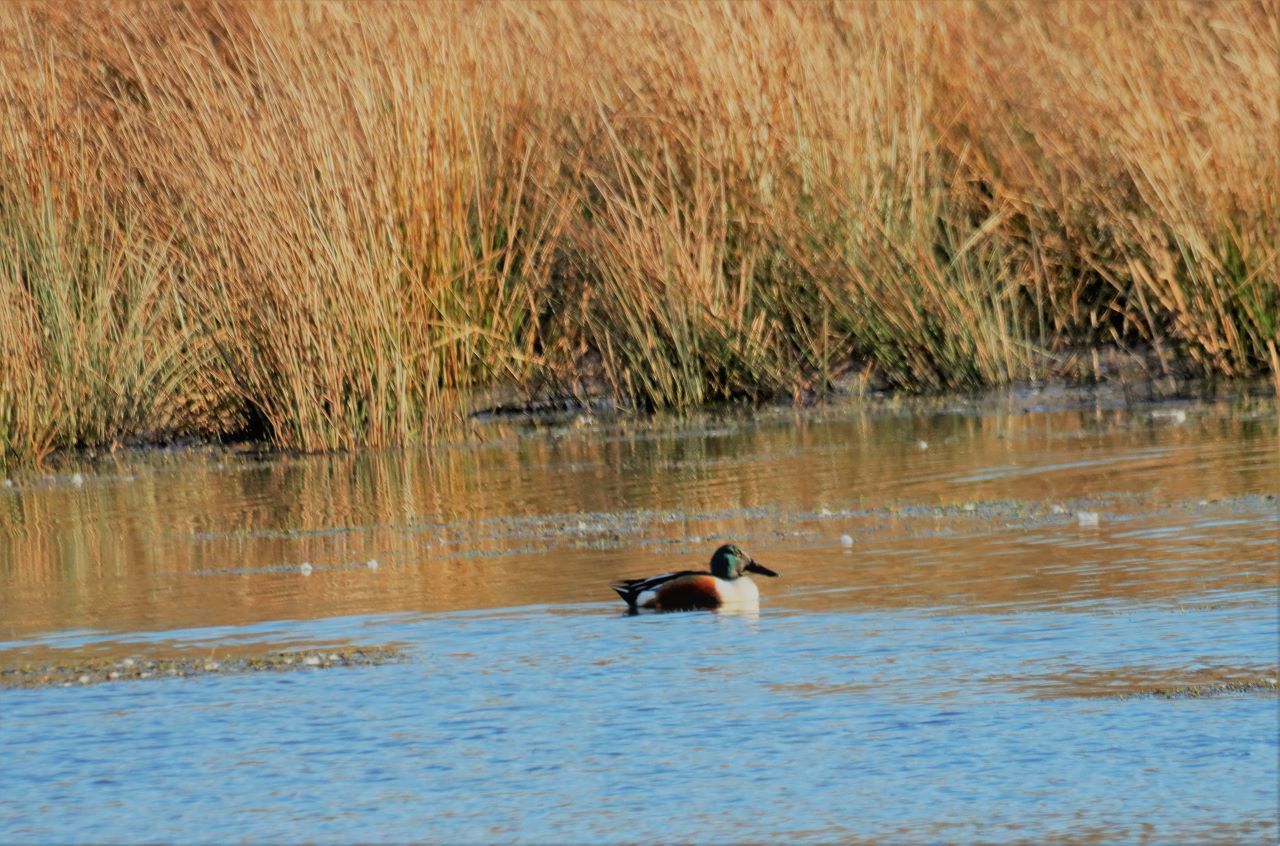


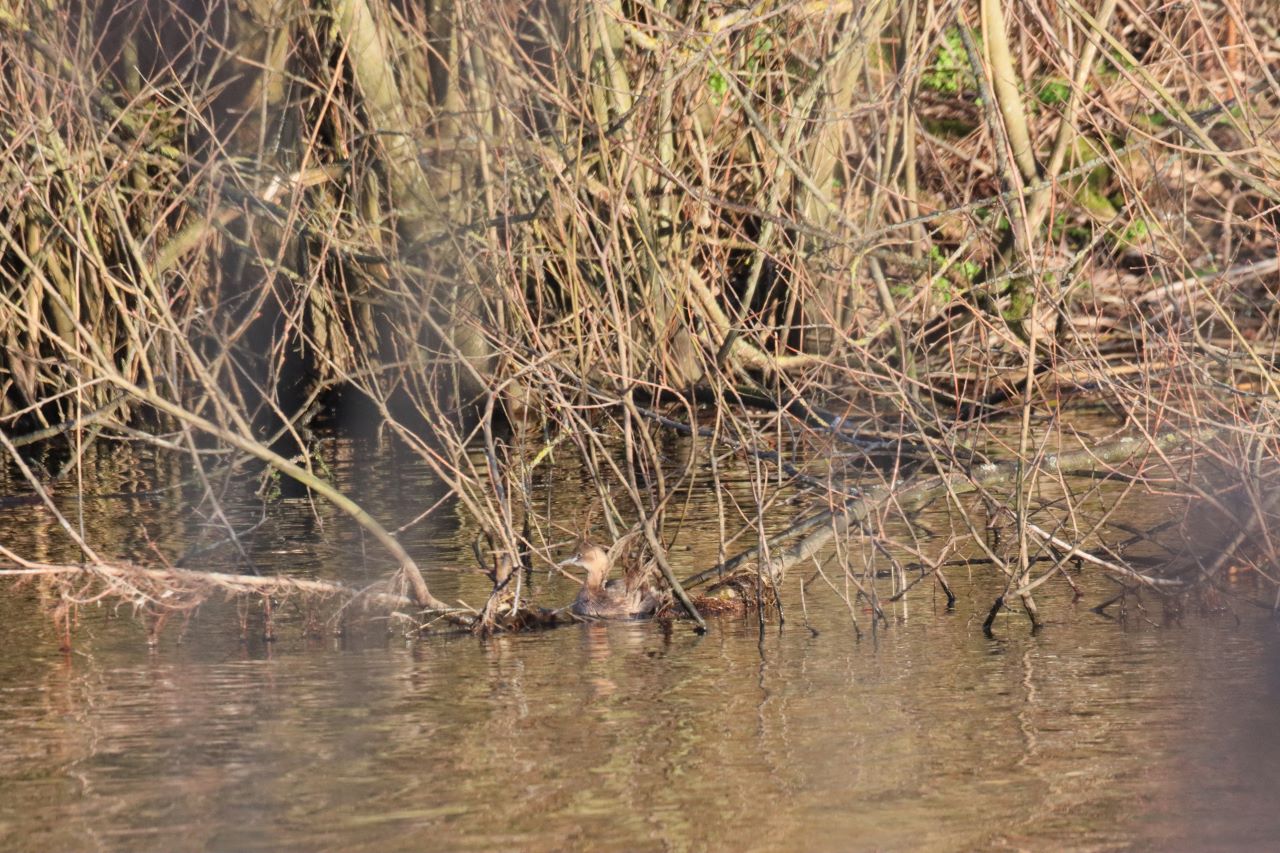

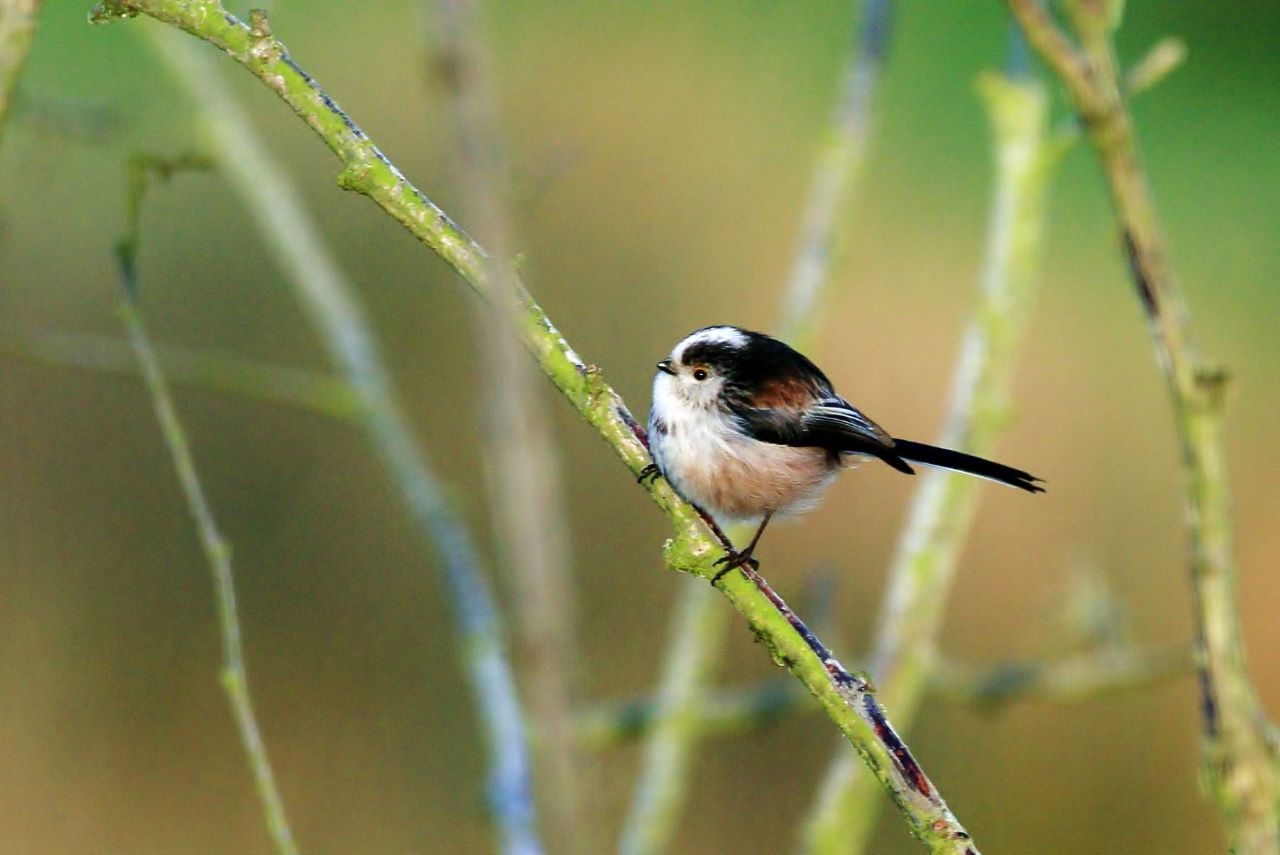
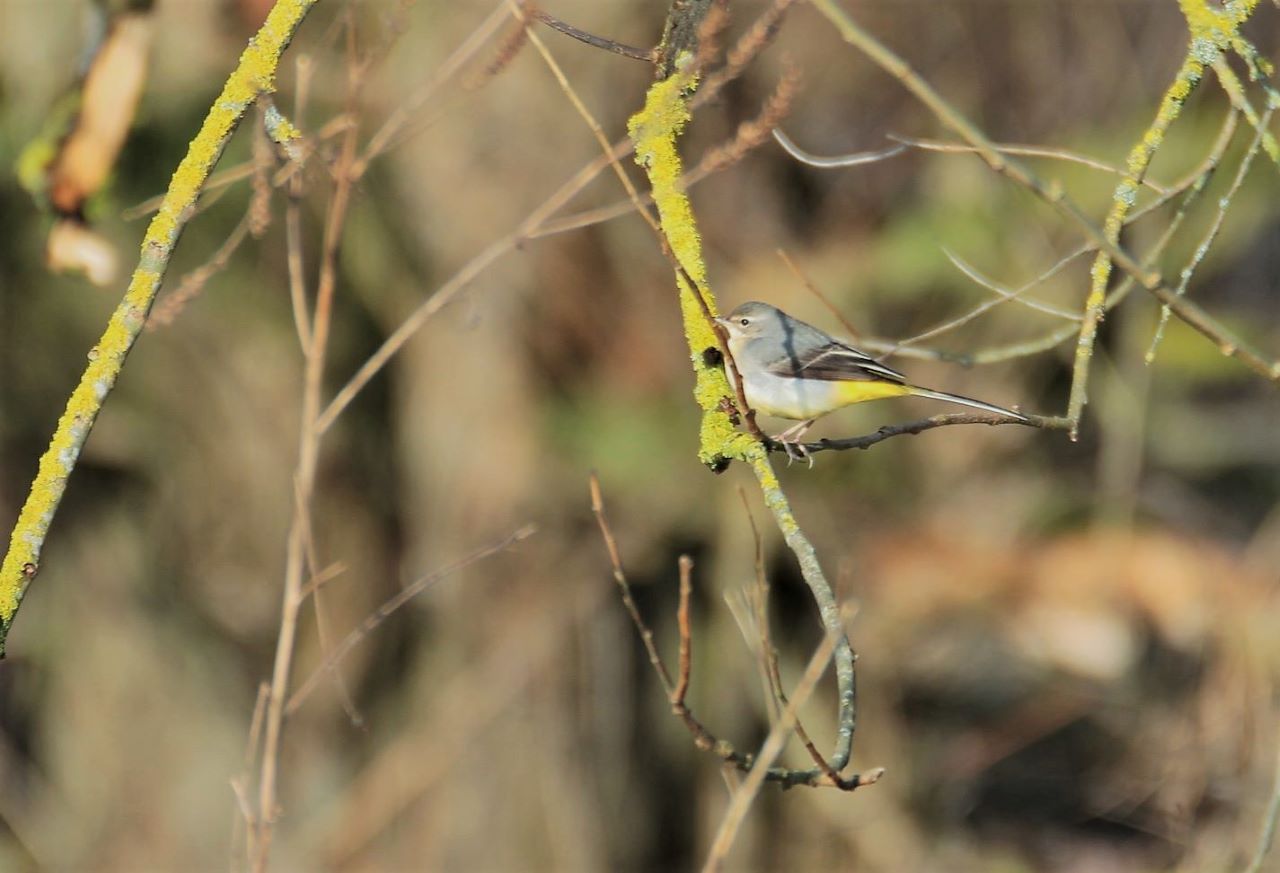
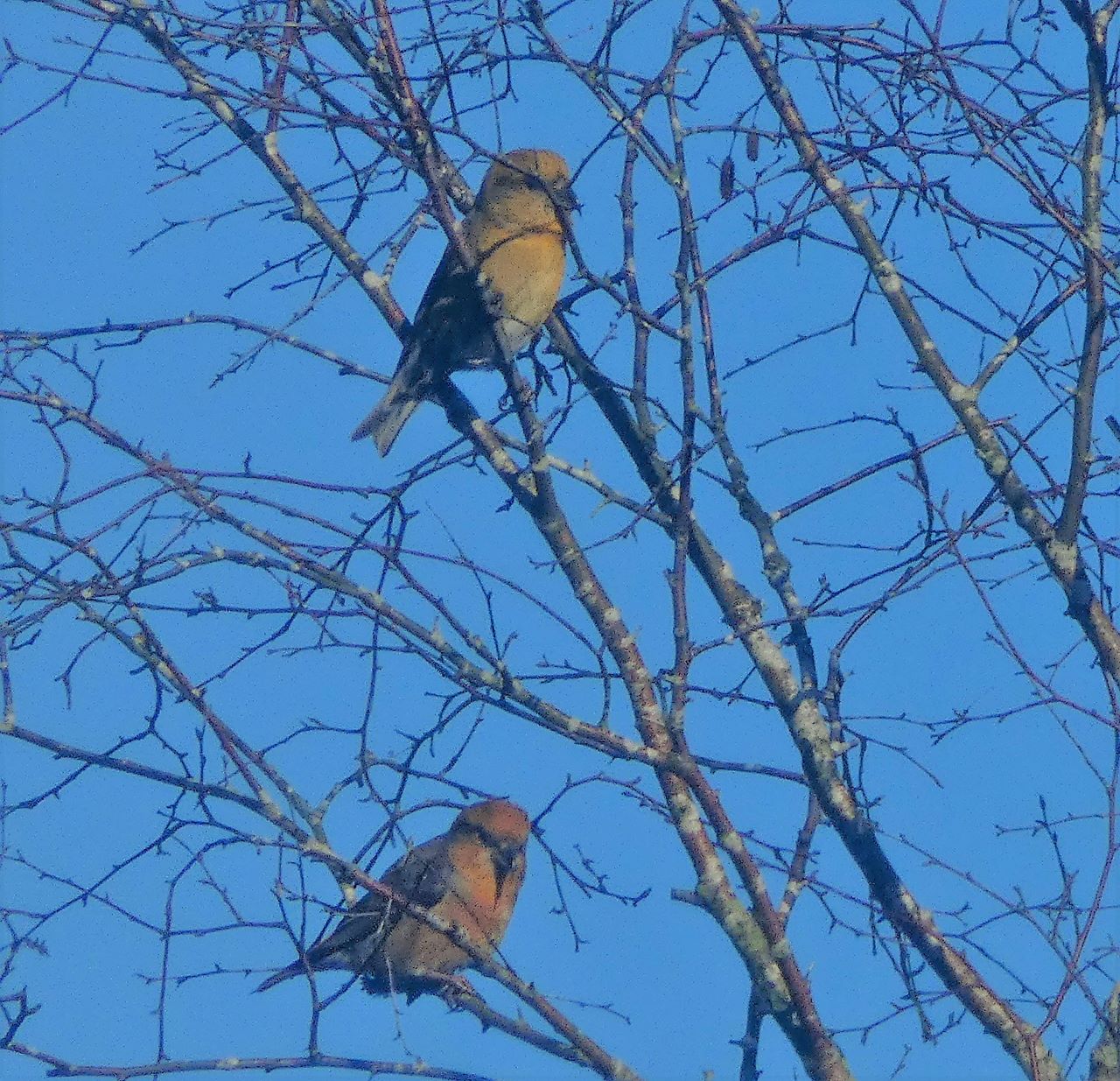
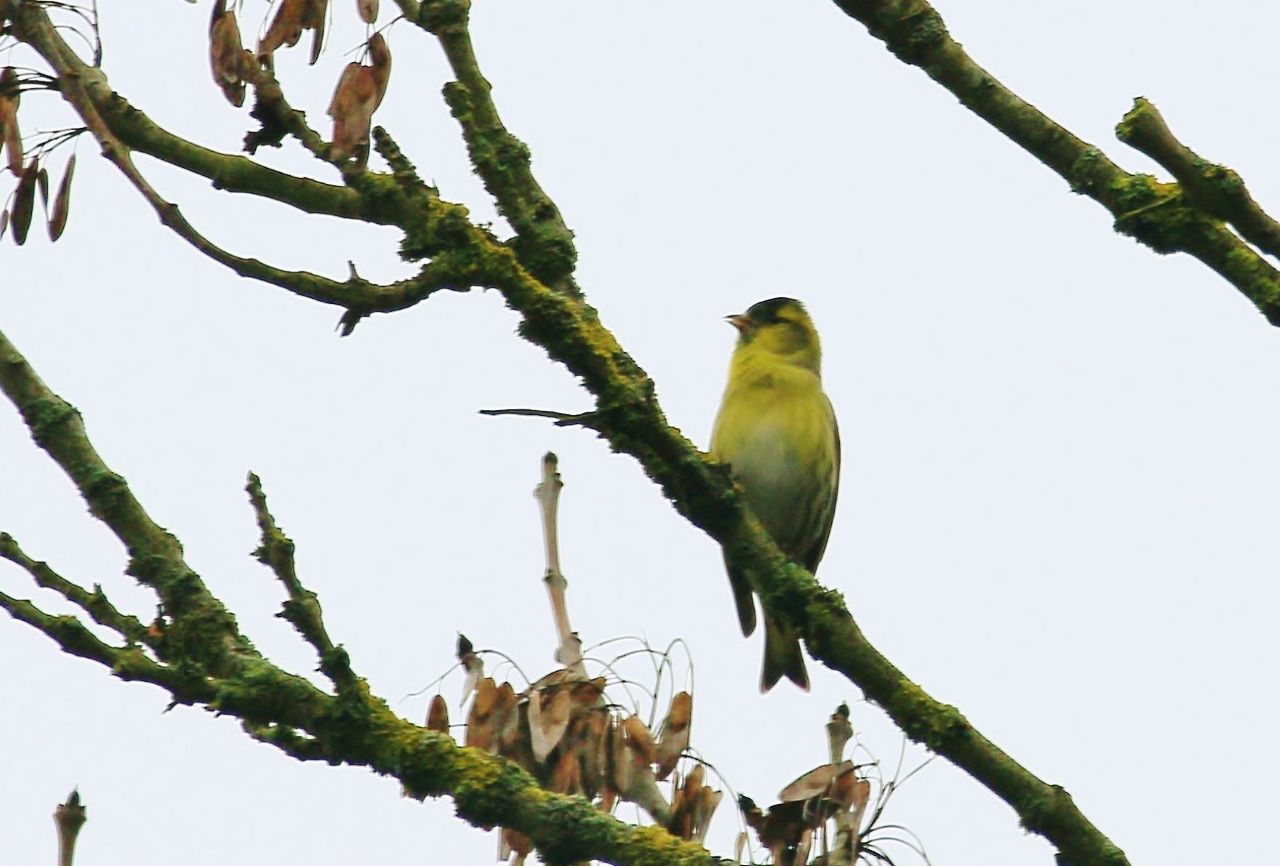
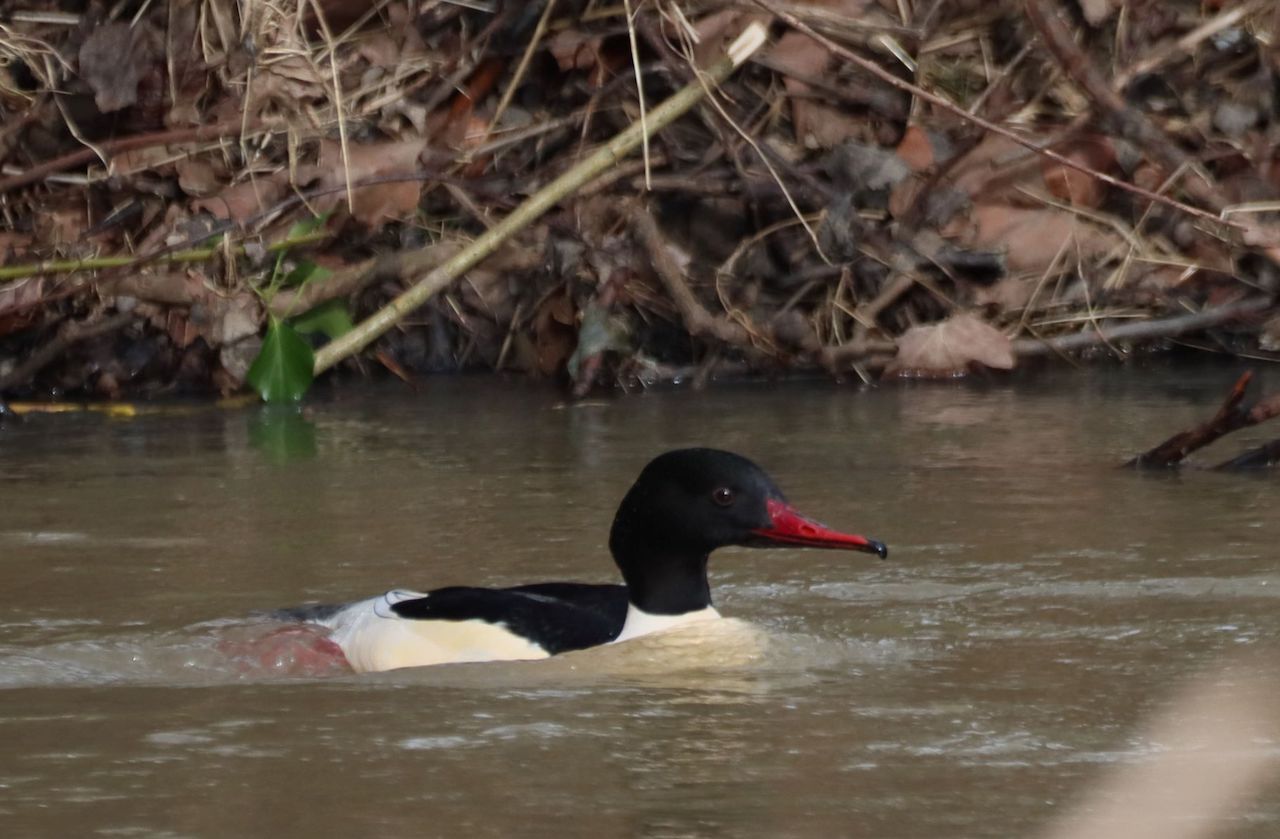

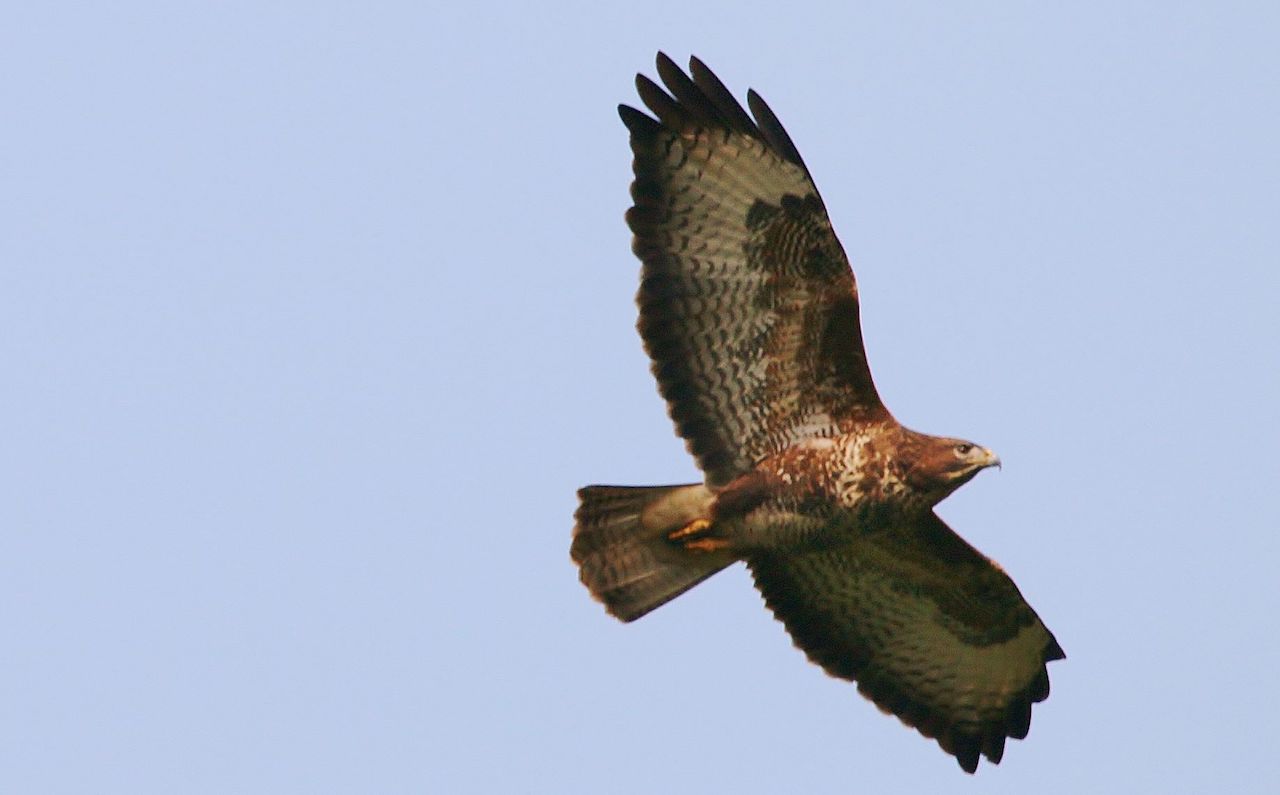







Lisa Wright
March 9, 2022 at 7:35 pm
Lovely pictures again Malcolm.
I had my first ever sighting of a treecreeper on an oak tree on Broadstreet Common last week.
I wonder if you have any luck with owl sightings? I hear them all the time but have no idea what species they are.
Malcolm Fincham
March 26, 2022 at 11:53 pm
Thank you to Lisa for her comment of my photos. So pleased to hear you had the fortune of seeing a treecreeper on your travels. Such tiny and well camouflaged little critter’s. They can be so easily overlooked.
Not had much luck with owl sightings recently. Had a few sighting of barn owl locally earlier this year, but tawny owls, although tending to be the most vocal, are also the most nocturnal (along with long-eared owls) and I’ve not had such fortune for over a year now.
Lisa Wright
March 28, 2022 at 10:37 am
Malcolm must come to Broad Street Common. We have an array of bats and owls for him to explore.